MedievalReporter.com
Covering history's most marvelous millennium
Join our newsletter!

Covering history's most marvelous millennium
Covering history's most marvelous millennium
The Persians were a great power during the Early Middle Ages, but their empire was the first to fall to the rapidly expanding empire of Islam: the Caliphate. After a century of resistance to their new muslim overlords, the Persians then revolutionized, reorganized and revitalized the Islamic world from the inside out. Persian poets, scientists and bureaucrats were at the forefront of the “Golden Age of Islam”.
During the latter half of the Middle Ages, Persia came increasingly under attack by Turkic and Mongols invaders. But just like the Arabs found out earlier, the Persian culture was too strong to subjugate.
This is a short intro from our Medieval Guidebook. Dive deeper into the subject by reading our articles about it.
The Persians, or Iranians, were a distinct ethnical group throughout the Middle Ages, unrelated to the Arabs. At the start of the era, mainly the sixth and early seventh centuries, Persia’s longest-ruling dynasty – the Sasanians or Sasanids – controlled an area from Iraq to Pakistan. It was a high point in Iranian history. This Neo-Persian Empire built great monuments and public works, influencing and shaping medieval art and culture in all neighboring civilizations. Although zoroastrians themselves, the Sasanids tolerated other religions and cultures and developed a complex bureaucracy to deal with them.
The Persians fought frequently with the Romans and its eastern “successor state”, the Byzantine Empire. At the peak of its power, the Persian Empire conducted a devastating war against the Byzantines that lasted over 25 years (602-628 CE)! The Persians even managed to – unsuccessfully – besiege the Byzantine capital itself, Constantinople. In hindsight, the timing could scarcely have been worse. These events coincided with the great prophet Muhammad uniting the Arabs and founding a new religion: Islam. Before long, Arab armies came storming out of the desert and found the two great powers in the region – the Persian and Byzantine Empires – exhausted by decades of conflict.
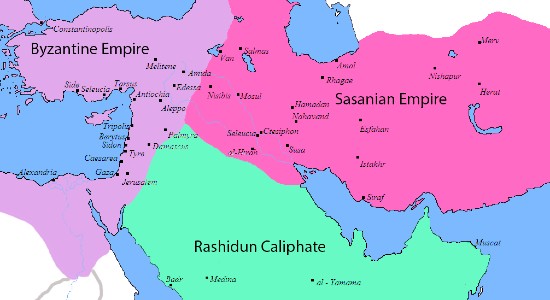
To make matters worse, the aftermath of the Byzantine-Sasanian War plunged the Persian Empire into years of civil war. Many claimants to the imperial throne pressed their chances, further destabilizing the once-prosperous realm. For the muslims, Persia seemed ripe for the plucking. They invaded Mesopotamia in 633, but Persian counterattacks soon ejected the muslims from Iraq. Three years later, the caliphate tried again and definitively conquered southern Iraq and southwestern Persia.
A stalemate ensued for six years, but in 642 Islam’s second caliph – Umar – ordered the full-scale invasion of Persia proper. Within the next decade, the Sasanid Empire fell for good.
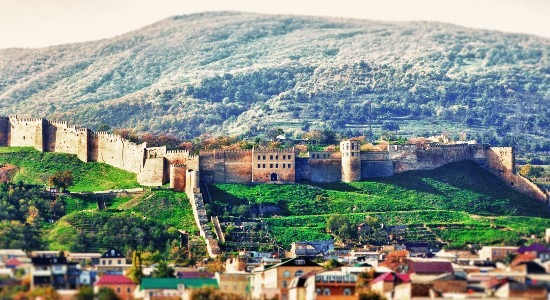
For a long time, it didn’t.
Although muslim forces conquered their country in roughly twenty years, the Persians kept resisting the Arab domination. Many Persian cities rebelled, killed the new governors appointed by the caliph and attacked the occupying garrisons. The second “dynasty” of caliphs, the Umayyads, made some headway with the Islamization of Persia. But the process was haphazard because the Umayyad Caliphate kept treating non-Arabs as second-class citizens, providing the mainly zoroastrian Persians with little incentive to convert to Islam. This led to ethnic discontent, which boiled over into civil war in 750 CE.
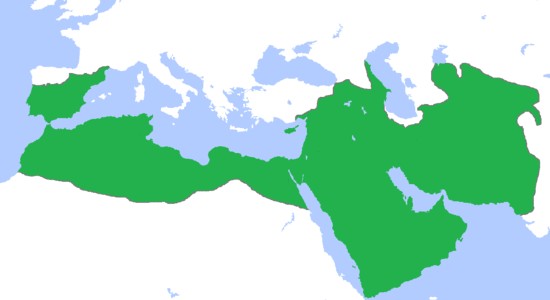
In that year, the Umayyads were replaced by the Abbasid Caliphate, which enjoyed both Arab and Persian support. This was obvious from several features of the Abbasid coup:
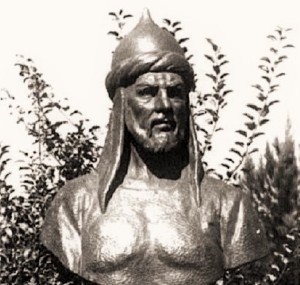
The caliphate also adopted many elements of Persian culture and court ceremonial, gradually replacing the Arab aristocracy with a Persian bureaucracy. These career prospects at last stimulated many Persians to convert.
Thus Persia became a muslim country. But rather than simply subjecting themselves to the will of the caliph, they had managed to “Persianize” the caliphate in turn.
During the 9th century CE, the caliph’s power declined and many Persians leaped at this chance for greater autonomy. A native zoroastrian revolt took the caliphal government over twenty years to subdue. Later, multiple overlapping Persian dynasties arose that were independent in all but name: the Tahirids, the Saffarids and the Samanids.
This situation lasted until roughly the year 1000, when – just before the Persians were close to definitively soaking themselves off from the caliphate – Turkic invasions upended the power balance in the entire Middle East.
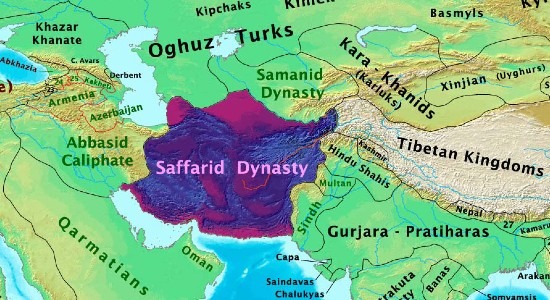
– advertisement –
– article continues below –
During the High and Late Middle Ages, Persia was invaded many times over. As the gateway between Baghdad and Central Asia, it was targeted by the Turkic Ghaznavids, Seljuqs, Khwarazmians, and Ghurids, as well as the Mongols and the Turco-Mongol Timurids. But rather than being just overrun, once again the Persians managed to “Persianize” many of their invaders. Their culture, language and bureaucracy were of such high standing that especially the Turkic invaders became “Persianate” societies.
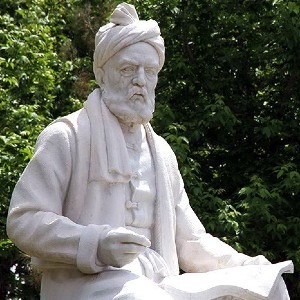
Persian literature, poetry, art, philosophy, science, mathematics, and medicine inspired the Turkic and Mongol inhabitants of Inner Asia as well as Islam itself. Many famous hadith collectors and muslim theologians were Persians. Avicenna, a Persian physician and astronomer, was one of the founders of modern medicine. Nasir al-Din al-Tusi, then, was a Persian scientist who updated ancient models of planetary motion and influenced early modern Copernican astronomy. Regarding more playful matters, the Persians popularized the originally Indian game of chess and spread it through the muslim world.
Evidently, the Persian culture was too ancient, strong and widespread to be replaced by invaders as mighty as even the caliphate or the Mongol khan. Perhaps unsurprisingly, once the Central Asian invasions finally ceased around the end of the Middle Ages, an independent Persian Empire reemerged. Its Safavid shahs put Persia back on the map. After centuries of modifying and “Persianizing” Sunni Islam, it was this Safavid dynasty that took the momentous decision of embracing Shi’ism. Both this religious revolution and its newfound, 16th-century great power status greatly shaped the Iran we still know today.

Disclosure: we work hard to provide you with exclusive medieval reports and guides. To make the Middle Ages accessible to everybody, we’d like this information to remain FREE. Therefore, some of the links below are affiliate links, meaning – at no additional cost to you – we will earn a small compensation if you click through.
Grab a short intro on another civilization from our Medieval Guidebook.